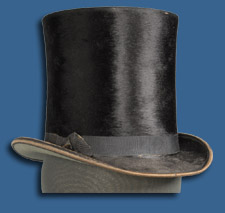
THE EXHIBITIONIntroduction Biography Botany Horticulture NY State College of Agriculture Nature Study Education of Women Commission on Country Life Hortorium Photography Writings Travel |

|
CORNELL UNIVERSITYIn 1887, Liberty Hyde Bailey was invited to give a series of lectures at Cornell University. The U. S. Congress had recently passed the Hatch Act, authorizing an annual appropriation of $15,000 to each state for agricultural experimentation. Cornell decided to use the funds to establish a chair of practical and experimental horticulture, and offered the position to Bailey. In 1888, he moved to Ithaca to build the new program. Under his direction, “practical and experimental horticulture” came to include floriculture, pomology, vegetable crops, and landscape gardening. Bailey always saw agriculture as an academic discipline. To him, the fundamental purpose of education was to serve the people, and he believed that the resolution of agricultural problems was as important as cultural, ethical, and legal issues. Through the extension movement and its bulletins, lectures, demonstrations, and farm visits, Bailey built support for his programs among New York State farmers and in the State Legislature. In 1894, New York fruit growers pushed through the legislature a bill directing the state of New York to provide the Cornell University Experiment Station with $8,000 to conduct research on orchards in western New York. Thus, the principle of state aid to the University’s agricultural program was established. By 1897 the appropriation reached $25,000.
|
||
 |
This exhibition is made possible through a generous gift in memory of Lelah A. Cole.
© 2004 Division of Rare & Manuscript Collections. If you have a question or comment, please contact us. | Web Accessibility Assistance |